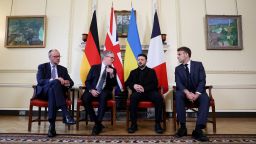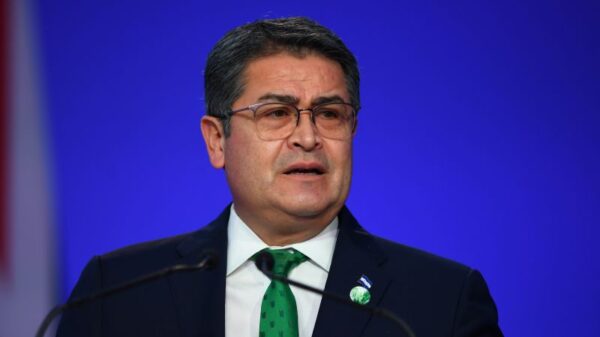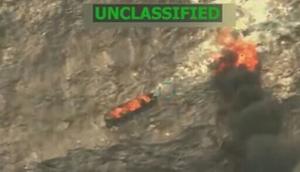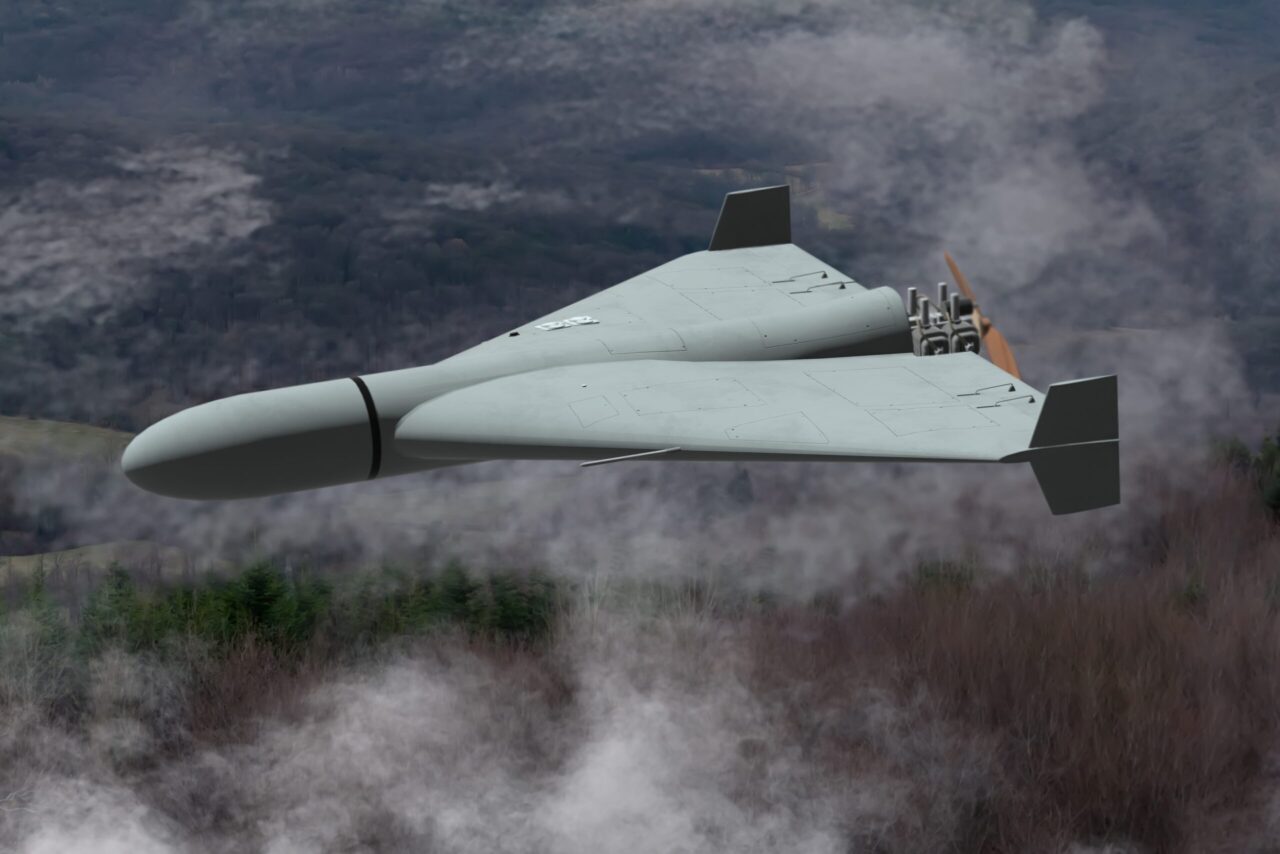European countries are grappling with a growing threat from suspected Russian drones, which have led to airport closures and heightened military responses. Numerous sightings of these unmanned aerial vehicles (UAVs) over critical infrastructure and military sites have raised alarm across the continent, particularly as leaders convene for a significant European Union conference in Denmark.
Drone Activity Sparks Concern
The Danish military recently mobilized hundreds of reservists to ensure safety during the EU summit amid fears of drone activity. Danish Prime Minister Mette Frederiksen addressed the situation on October 5, stating, “We meet at a time when Russia has intensified their attacks in Ukraine, where we have seen Russian airspace violations and unwanted drone activity in several European countries. They are threatening us and they are testing us and they will not stop.”
Denmark is not alone in its experiences. Reports indicate that unidentified drones have flown over key facilities in Germany, including the Thyssenkrupp naval shipyard in Kiel, a military base in Sanitz, and several energy installations. According to German authorities, the drones appeared to be operating in coordination, suggesting possible reconnaissance efforts.
French Navy Intercepts Suspicious Tanker
In a related incident, the French Navy intercepted the tanker Pushpa (also known as Boracay) in the Atlantic Ocean near Saint-Nazaire on October 5. French military and intelligence agencies had been monitoring the vessel, suspected of being part of Russia’s “ghost fleet,” which includes ships sailing under various flags to evade international sanctions.
The crew was arrested for failing to comply with maritime regulations, including disabling the tanker’s Automatic Identification System (AIS). This vessel had been navigating through Danish waters on September 22, coinciding with the period of drone activity in the region. There are concerns that the Pushpa may have been utilized as a floating base for these drones.
The geopolitical context is crucial. Since the onset of the large-scale invasion of Ukraine, Russia has faced severe international isolation, compelling it to adopt unconventional methods for maritime operations and military maneuvers.
Since September 10, 2025, there have been multiple violations of NATO airspace by Russian aircraft and drones, triggering alerts and responses from member states. Notably, on September 10, 19 drones entered Polish airspace, leading to the deployment of NATO fighter jets. Additional incursions occurred in Romanian and Estonian airspace, underscoring a disturbing trend in Russian military strategy.
As European nations confront this escalating drone threat, the implications for regional security and international relations remain profound. The situation continues to evolve, with leaders emphasizing the need for vigilance and collective action against potential aggressors.
The response to these incidents will shape the future of European defense and cooperation within NATO as countries navigate the complexities of modern warfare and aerial threats.





































































